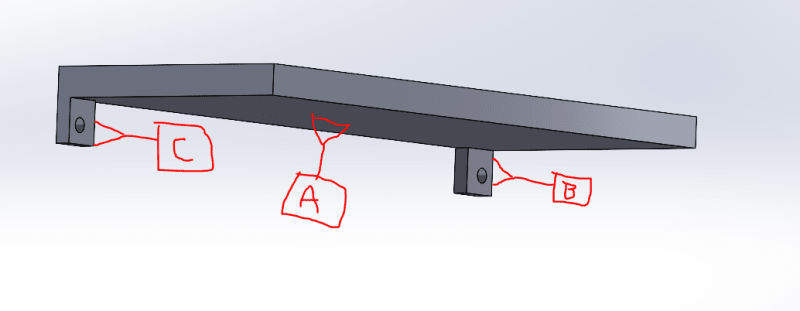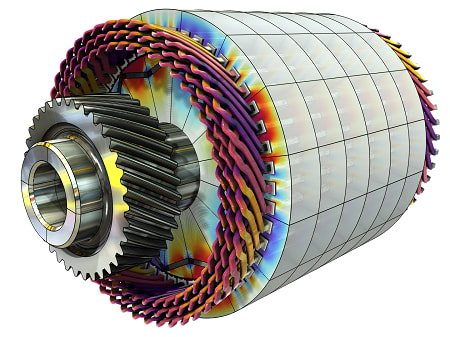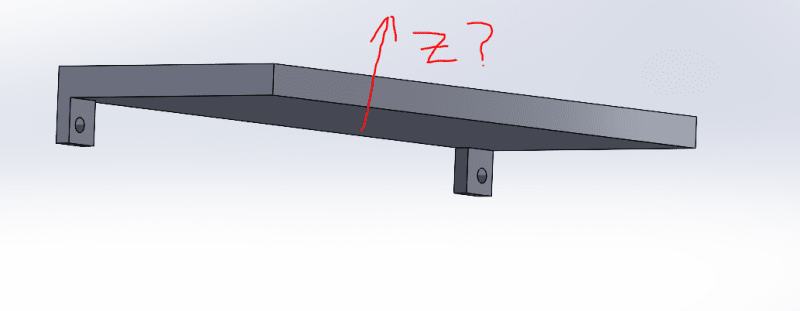donatim24
Mechanical
- Jun 13, 2018
- 27
Hello,
I have a part I'm detailing where a large, flat surface is my primary datum (A), and I would like to set two approximately (not quite, due to draft angle) perpendicular tabs as my secondary datum. The tabs have a significant gap between them. I would like to treat them using the method described in ASME Y14.5 Section 4.12.1/Figure 4-23 by calling the tabs datum B and datum C, and then calling datum B-C as my secondary datum. I would locate screw clearance holes (one hole on each tab) relative to A and B-C and name the holes datum D. However, all of the examples of applying Section 4.12.1 that I've seen in the standard and on GD&T websites only shows this technique being used for a primary datum. The one potential exception I've seen is the situation referenced in this post, but whether the simulated datum must be a primary datum was not the focus of the post:

Does ASME Y14.5-2009 allow for a simulated single datum to be applied as a secondary datum? I've attached a sketch to illustrate my question.
Thank you all!
Tim
I have a part I'm detailing where a large, flat surface is my primary datum (A), and I would like to set two approximately (not quite, due to draft angle) perpendicular tabs as my secondary datum. The tabs have a significant gap between them. I would like to treat them using the method described in ASME Y14.5 Section 4.12.1/Figure 4-23 by calling the tabs datum B and datum C, and then calling datum B-C as my secondary datum. I would locate screw clearance holes (one hole on each tab) relative to A and B-C and name the holes datum D. However, all of the examples of applying Section 4.12.1 that I've seen in the standard and on GD&T websites only shows this technique being used for a primary datum. The one potential exception I've seen is the situation referenced in this post, but whether the simulated datum must be a primary datum was not the focus of the post:

Does ASME Y14.5-2009 allow for a simulated single datum to be applied as a secondary datum? I've attached a sketch to illustrate my question.
Thank you all!
Tim





![[bigsmile] [bigsmile] [bigsmile]](/data/assets/smilies/bigsmile.gif)
![[bigglasses] [bigglasses] [bigglasses]](/data/assets/smilies/bigglasses.gif)